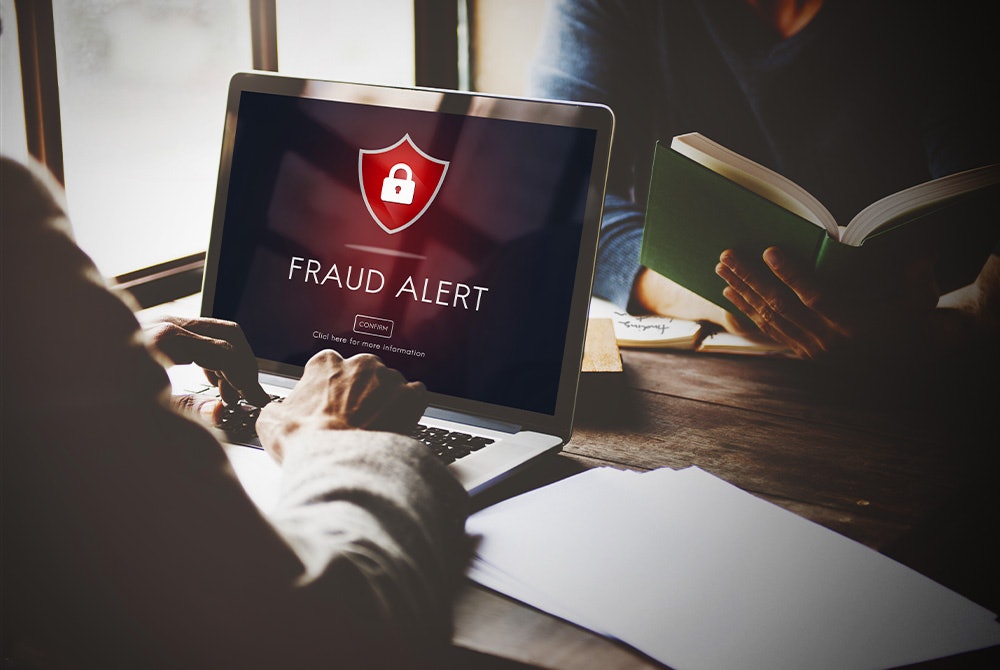In the era of rapidly advancing technology, 8557901089 fraud has taken on new forms, posing challenges to individuals and businesses alike. Understanding the nuances of fraud alerts and how to safeguard against them is crucial in today’s digital landscape.
Define Fraud Alert
A fraud alert is a warning system designed to notify individuals or entities of suspicious activity or potential fraud attempts.
Relevance and Importance
With the increasing integration of technology into daily life, the risk of falling victim to fraudulent schemes has amplified. Fraud alerts serve as proactive measures to mitigate these risks and protect personal and financial information.
Types and Categories
Fraud alerts can be categorized based on their nature and purpose, including:
Financial Fraud
Instances involving unauthorized transactions, identity theft, or phishing scams targeting bank accounts or credit cards.
Cybersecurity Threats
Malicious activities such as malware, ransomware, or data breaches aimed at compromising digital systems or networks.
Identity Theft
Cases where personal information is unlawfully obtained and used for fraudulent purposes, such as opening accounts or making purchases in someone else’s name.
Online Scams
Deceptive practices conducted over the internet, including fake websites, fraudulent emails, or social engineering tactics.
Symptoms and Signs
Recognizing the signs of potential fraud is essential for prompt action and protection against financial loss or identity theft.
Unusual Account Activity
Unexpected withdrawals, unauthorized purchases, or unfamiliar transactions appearing on bank or credit card statements.
Suspicious Emails or Messages
Phishing emails requesting sensitive information, urgent payment, or prompting to click on suspicious links.
Identity Verification Requests
Unsolicited requests from unknown sources asking for personal details, passwords, or financial credentials.
Altered Online Behavior
Changes in online account settings, login attempts from unfamiliar locations, or unexpected password resets.
Causes and Risk Factors
Understanding the underlying causes and risk factors associated with fraud can help individuals adopt preventive measures and minimize vulnerabilities.
Lack of Awareness
Limited understanding of cybersecurity best practices, making individuals more susceptible to scams and fraudulent activities.
Vulnerable Technology
Outdated software, weak passwords, or unsecured networks providing avenues for cybercriminals to exploit.
Social Engineering Tactics
Manipulative techniques employed by fraudsters to deceive individuals into divulging sensitive information or performing actions against their best interests.
Data Breaches
Compromised databases or leaked information exposing personal details, making individuals targets for identity theft or financial fraud.
Diagnosis and Tests
Identifying potential fraud instances involves proactive monitoring and employing diagnostic tools to detect suspicious activities.
Credit Monitoring Services
Subscription-based services that track credit report changes and alert individuals to any unusual or unauthorized credit activity.
Identity Theft Protection
Comprehensive solutions offering real-time monitoring, identity restoration assistance, and insurance coverage against financial losses.
Antivirus and Firewall Software
Security software designed to detect and block malicious programs or unauthorized access attempts on devices and networks.
Fraud Detection Algorithms
Advanced algorithms used by financial institutions or online platforms to flag suspicious transactions or account activities.
Treatment Options
Responding promptly to suspected 8557901089 fraud incidents is essential for mitigating damages and restoring affected accounts or identities.
Freezing Credit Reports
Initiating a credit freeze with credit bureaus to restrict access to credit information, preventing new accounts from being opened without authorization.
Reporting Fraudulent Activity
Contacting financial institutions, credit card companies, or relevant authorities to report unauthorized transactions or instances of identity theft.
Identity Theft Resolution
Following established procedures and working with identity theft resolution services to dispute fraudulent charges, update security measures, and restore credit standing.
Legal Assistance
Seeking guidance from legal professionals specializing in cybersecurity or fraud law to navigate complex legal matters related to fraud incidents.
Preventive Measures
Adopting proactive measures can significantly reduce the risk of falling victim to fraud schemes and safeguard personal and financial information.
Strengthening Passwords
Creating strong, unique passwords and enabling multi-factor authentication for added security when accessing online accounts.
Secure Online Practices
Exercising caution when sharing personal information online, avoiding suspicious links or attachments, and verifying the legitimacy of websites and contacts.
Regular Software Updates
Keeping operating systems, applications, and security software up to date with the latest patches and fixes to address known vulnerabilities.
Monitoring Financial Accounts
Regularly reviewing bank statements, credit reports, and account activities for any signs of unauthorized transactions or unusual behavior.
Personal Stories or Case Studies
Real-life experiences offer valuable insights into the impact of 8557901089 fraud and the importance of vigilance in safeguarding against it.
Expert Insights
Quotes or advice from cybersecurity experts and industry professionals can provide valuable guidance on fraud prevention strategies.
Conclusion
In an age where technology facilitates both convenience and risk, staying vigilant against fraud 8557901089 is paramount. By understanding the signs, adopting preventive measures, and seeking assistance when needed, individuals can protect themselves and their assets from fraudulent activities in the digital age.

